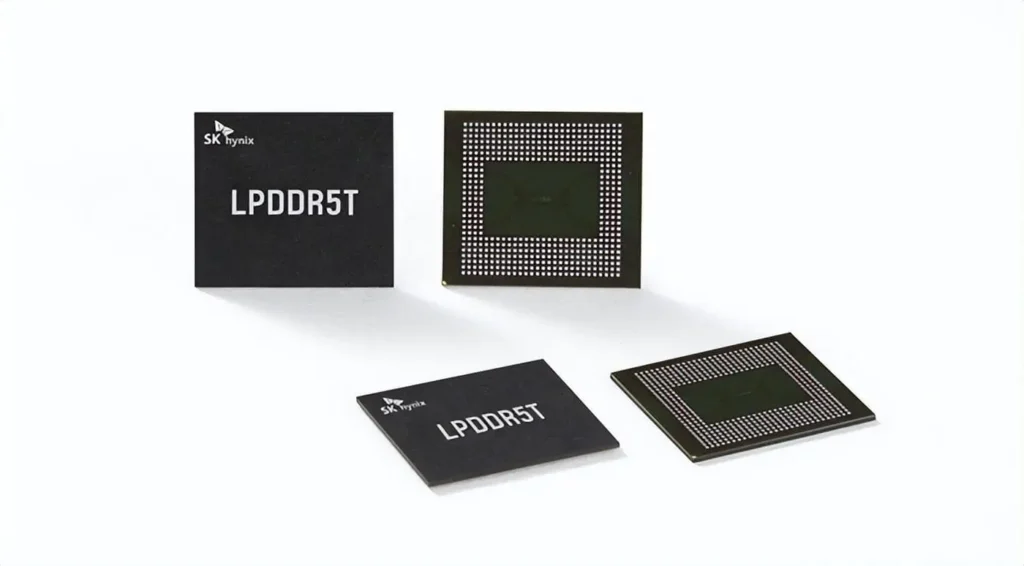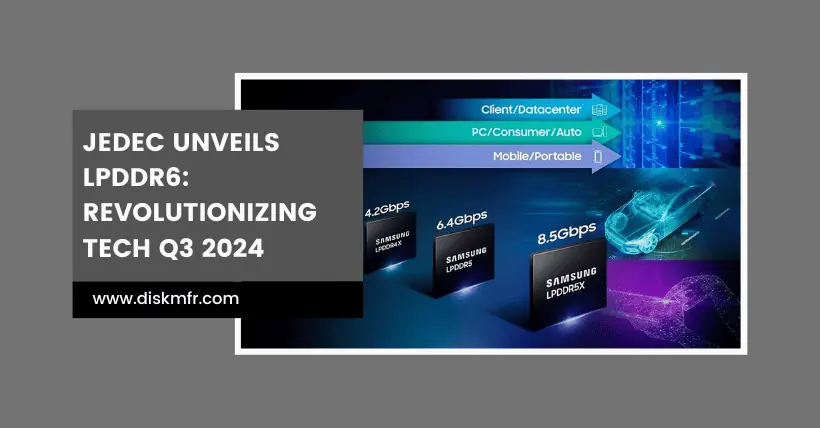For many digital hardware enthusiasts, especially those who are fond of smartphones, the term “LPDDR” is familiar. In simple terms, it refers to the low-power version of the RAM. I remember that a couple of years ago, there was a popular saying in the smartphone community that the configuration must be “UFS 3.1+LPDDR5”.
In the past two years, many people have thought that smartphone innovation has hit a bottleneck, but this is not the case. Over the years, “LPDDR” technology and products have been rapidly evolving.
In February 2019, the international semiconductor standard consulting organization JEDEC officially released the LPDDR5 standard (6.4Gbps), which, compared to the previous generation’s LPDDR4X (4.2Gbps), has improved performance by about 52% and reduced power consumption by about 30%.

Since then, giants like Samsung, Micron, and SK Hynix have continued to refine and improve, subsequently launching several enhanced versions, such as LPDDR5X and LPDDR5T. The maximum rate of LPDDR5X can reach up to 8.6 Gbps, and LPDDR5T can reach up to 9.6 Gbps.
This article shares news about the next-generation LPDDR6. Recently, JEDEC held a consultation meeting on the next-generation mobile RAM standard in Lisbon, Portugal. The meeting revealed that the LPDDR6 memory standard is expected to be officially released in the third quarter of this year.

When interviewed by the media, insiders responded, “We have had several rounds of discussions to finalize the LPDDR6 standard, which is expected to be officially released in the third quarter of this year.”
Currently, there are no detailed materials and parameters about LPDDR6 available for sharing. Please be patient.
Frankly speaking, LPDDR6 has a wide range of applications, but most digital technology enthusiasts will probably first think of smartphones and hope to use a smartphone equipped with the Qualcomm Snapdragon 8 Gen4 processor and LPDDR6 RAM by the end of the year.
However, it seems unlikely at the moment, as industry giants like Samsung and SK Hynix will probably start mass production only after the final LPDDR6 standard is determined and released.

Therefore, objectively speaking, for ordinary consumer electronics, between the end of 2024 and the beginning of 2025, it is less likely for manufacturers (especially smartphone manufacturers) to adopt LPDDR6. It is more probable that we will see the first batch of products equipped with LPDDR6 by the end of 2025 or early 2026.
It is also important to emphasize that LPDDR6 is not only applicable to smartphones but also to laptops, tablets, and other devices. If its performance further improves and power consumption is further reduced, the overall user experience will also enhance, benefiting all users.
The editor will share more relevant leaks and updates about LPDDR6 as soon as possible. Stay tuned.
Related:

Disclaimer:
- This channel does not make any representations or warranties regarding the availability, accuracy, timeliness, effectiveness, or completeness of any information posted. It hereby disclaims any liability or consequences arising from the use of the information.
- This channel is non-commercial and non-profit. The re-posted content does not signify endorsement of its views or responsibility for its authenticity. It does not intend to constitute any other guidance. This channel is not liable for any inaccuracies or errors in the re-posted or published information, directly or indirectly.
- Some data, materials, text, images, etc., used in this channel are sourced from the internet, and all reposts are duly credited to their sources. If you discover any work that infringes on your intellectual property rights or personal legal interests, please contact us, and we will promptly modify or remove it.








